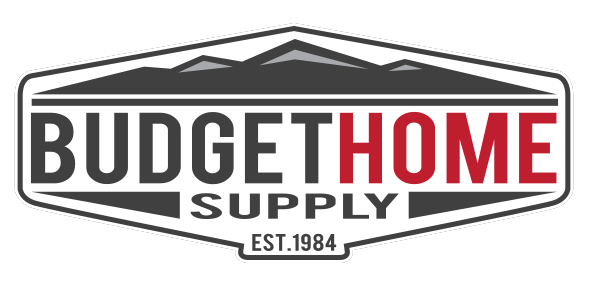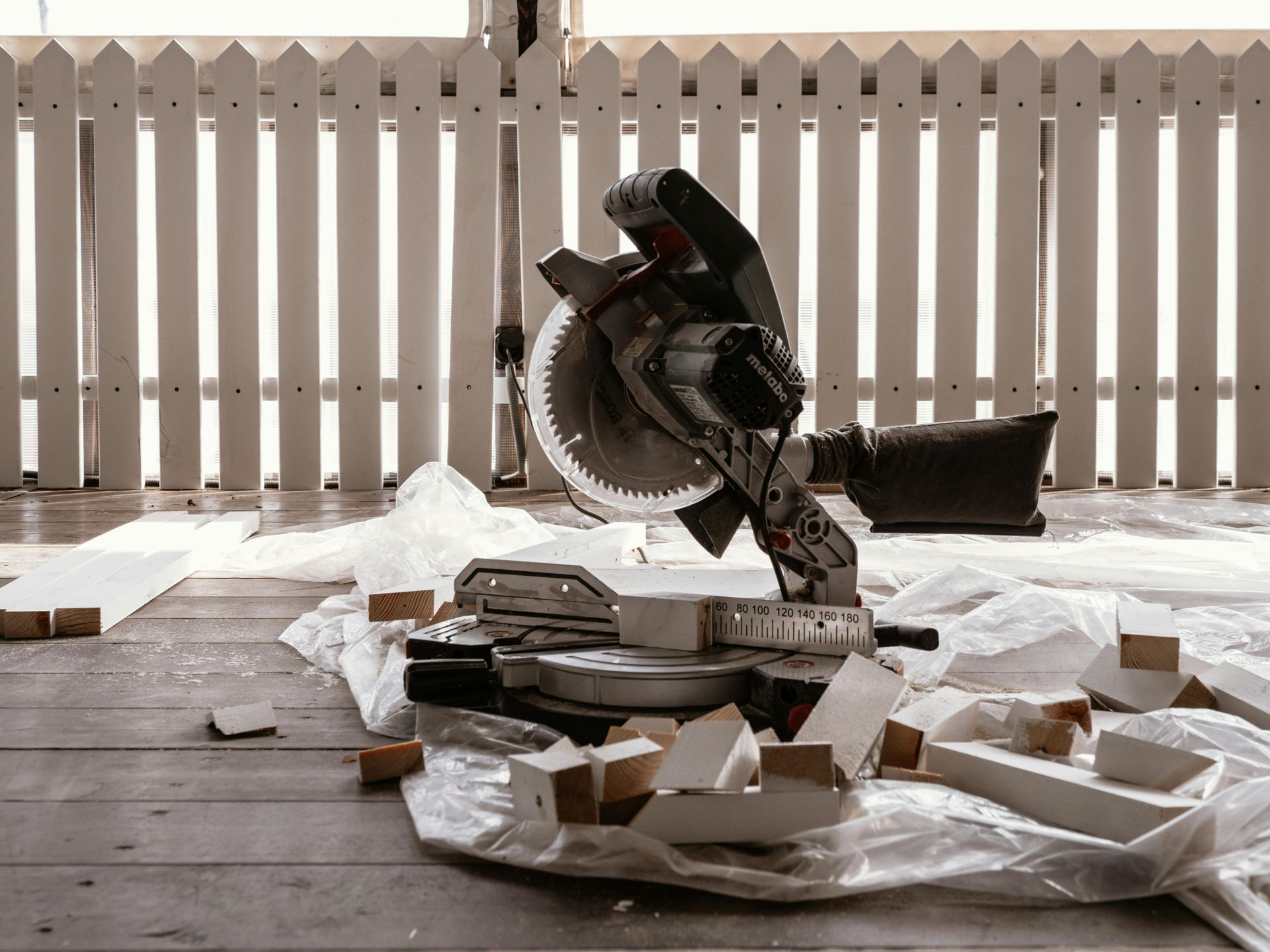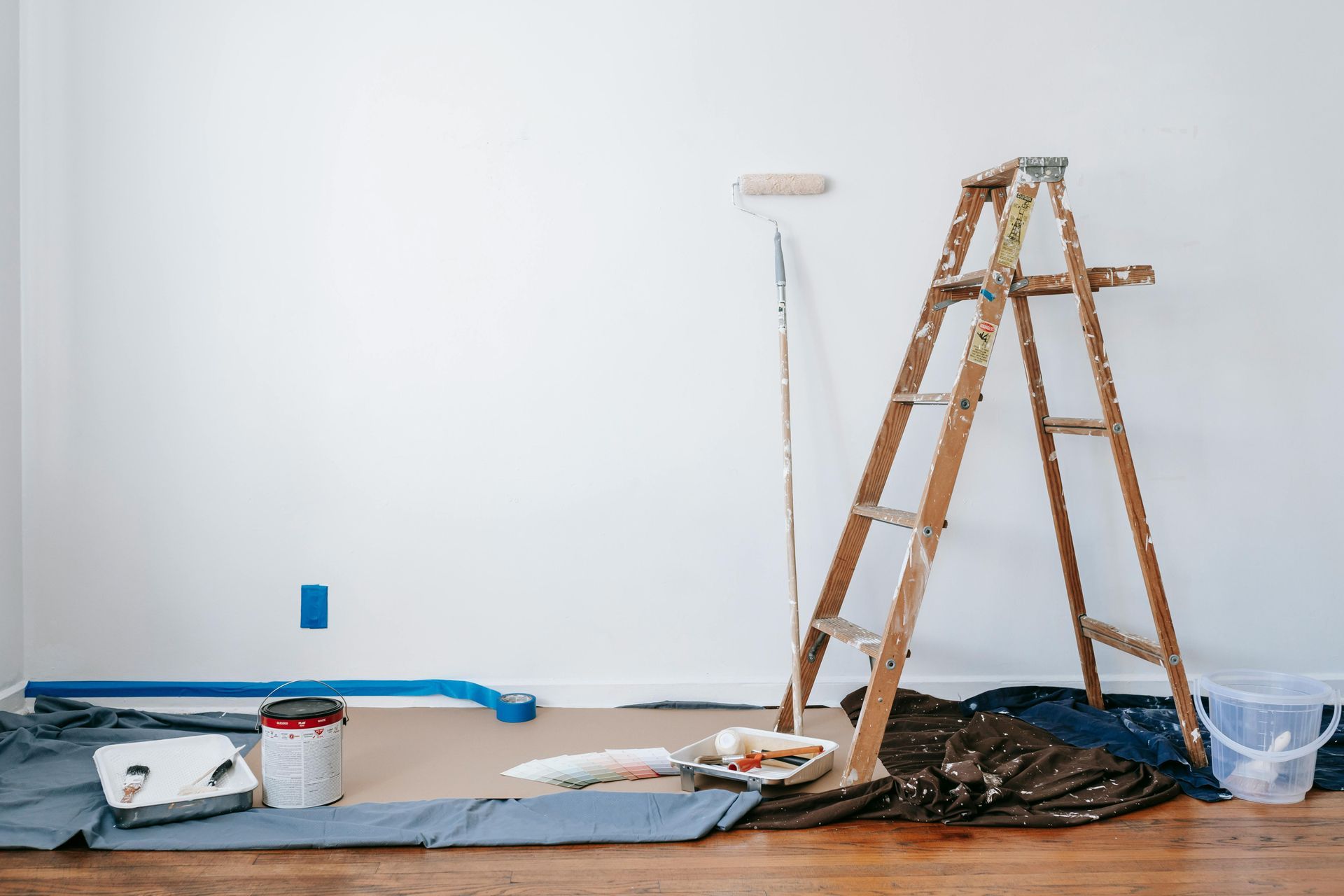What is the Best Hardwood for Kitchen Cabinets?
What is the Best Hardwood for Kitchen Cabinets?
The kitchen is the heart of your home, so naturally, it deserves the best. When it comes to kitchen cabinets, the material you choose plays a big role in both aesthetics and functionality.
Choosing the right wood for your kitchen cabinets is one of the most important decisions you'll make during a kitchen renovation. Hardwood cabinets offer durability, beauty, and a timeless appeal that can elevate your kitchen’s look and functionality. But with so many hardwood kitchen cabinet options, how do you decide which is the best for your home?
In this guide, we’ll break down the top hardwood choices, focusing on affordable hardwood for cabinets so you can decide when to select the right material for your kitchen.
Why Choose Hardwood for Kitchen Cabinets?
Before diving into the specific hardwood types, it's important to understand why homeowners and designers often prefer hardwood for kitchen cabinetry.
Hardwood, unlike softwood or composite materials, provides superior strength and longevity. It resists warping, scratching, and general wear and tear better than many alternatives, making it a great choice for a high-traffic area like the kitchen. Plus, the natural grains and textures of hardwoods give your cabinets a rich, unique appearance that adds warmth and elegance to your space.
The Best Hardwood Kitchen Cabinets Options to Choose From
Now, let’s explore some of the best hardwood kitchen cabinet options.
Maple: The Durable and Versatile Choice
If you’re looking for affordable hardwood for cabinets without sacrificing quality, maple is a great option. Maple wood is known for its durability and resistance to impact, making it ideal for busy kitchens. Its fine grain and smooth texture provide a clean, sleek look that works well in modern and traditional kitchen designs.
Maple is typically a light, creamy color, but it can be easily stained to mimic darker woods, giving you flexibility in your kitchen’s overall aesthetic. Additionally, maple cabinets are relatively affordable, providing excellent value for those who want high-quality wood without breaking the bank.
Pros of Maple:
- Affordable compared to other hardwoods.
- Durable and resistant to wear.
- Smooth grain and texture, easy to finish.
- Versatile in terms of staining and styling.
Cons of Maple:
- Limited natural color variations unless stained.
- It can turn yellow over time if not properly sealed.
Oak: The Classic and Sturdy Option
Oak is a classic choice for hardwood kitchen cabinets, especially if you’re looking for something sturdy and timeless. Oak’s prominent grain patterns create a distinctive look, adding character to your kitchen. It’s a dense, heavy wood, which means it can withstand heavy use, making it a popular choice for families.
Two main oak types are used in cabinetry: red oak and white oak. Red oak has a warm, reddish hue and a more defined grain, while white oak tends to be lighter and has a subtler pattern. Both oak types are highly durable and relatively affordable, making oak a smart investment for those looking for longevity and beauty in their kitchen cabinets.
Pros of Oak:
- Extremely durable and long-lasting.
- Affordable compared to other hardwoods.
- Distinctive grain adds character to the kitchen.
- Available in a variety of finishes.
Cons of Oak:
- The pronounced grain might not suit every style.
- Red oak tends to be slightly softer than other hardwoods.
Cherry: The Luxurious Choice
If you’re looking for luxury and don’t mind spending a little more, cherry wood is one of the top contenders for the best hardwood for kitchen cabinets. Cherry wood has a rich, warm reddish-brown color that deepens with age, giving your kitchen a sophisticated and elegant look over time.
One of the unique qualities of cherry is its natural luster and smooth, fine grain, which enhances the appearance of high-end kitchens. While it’s on the pricier side than maple or oak, cherry’s luxurious appearance and strength make it a worthwhile investment if you want to add long-term value to your home.
Pros of Cherry:
- Rich, warm color that deepens with age.
- Smooth grain adds an elegant finish.
- Durable and resistant to warping.
- Adds long-term value to the home.
Cons of Cherry:
- More expensive than other hardwood options.
- Darkens over time, which may not appeal to everyone.
Hickory: The Bold and Rustic Option
For those who want a bold, rustic look, hickory is a fantastic choice for wood for kitchen cabinetry. Hickory is one of the hardest and strongest hardwoods, making it incredibly resistant to scratches and dents. Its striking grain patterns and color variations, ranging from light to dark streaks, make it perfect for a farmhouse or rustic kitchen design.
While hickory is highly durable, it’s also more affordable than other premium hardwoods like cherry, making it a great option for those who want a unique look without overspending.
Pros of Hickory:
- Extremely durable and resistant to damage.
- Bold grain patterns add a rustic, distinctive look.
- More affordable than luxury hardwoods.
- Ideal for farmhouses or rustic-style kitchens.
Cons of Hickory:
- The bold grain may not suit more modern or minimalist designs.
- Can be difficult to stain evenly due to its density.
Walnut: The Sophisticated and Modern Option
If you’re aiming for a sleek and modern kitchen with a touch of sophistication, walnut is an excellent choice. Walnut’s deep, rich chocolate color and fine, straight grain make it one of the most sought-after hardwoods for high-end kitchen cabinets. Its natural color doesn’t require much finishing, and the grain adds an understated elegance to contemporary or minimalist kitchens.
Although walnut is a premium hardwood, its beauty and durability justify the higher price point. It’s also less common, so choosing walnut can help set your kitchen apart from more standard designs.
Pros of Walnut:
- Luxurious, deep color with a fine grain.
- Ideal for modern and minimalist kitchen designs.
- Durable and long-lasting.
- Adds a sophisticated touch to any kitchen.
Cons of Walnut:
- Expensive compared to other hardwoods.
- Dark color may show scratches or dents more easily.
Birch: The Budget-Friendly Alternative
If you love the idea of hardwood cabinets but are working with a tighter budget, birch is a fantastic option. Birch is often used as an affordable hardwood for cabinets because it offers similar characteristics to maple at a lower price point. Birch is a light-colored wood with a fine grain, and it’s easy to stain, allowing you to achieve the look of more expensive woods like cherry or walnut without the cost.
While birch is slightly softer than some other hardwoods, it’s still durable enough for most kitchens and provides an excellent balance of affordability and aesthetics.
Pros of Birch:
- Affordable and widely available.
- Light color and fine grain are easy to finish.
- Offers the look of more expensive wood at a lower cost.
Cons of Birch:
- Softer than other hardwoods, so it may dent more easily.
- Stains can sometimes appear uneven due to their porous nature.
Which Hardwood is Right for You?
Choosing the best hardwood for kitchen cabinets ultimately comes down to your personal style, budget, and the type of kitchen you're creating:
- If you want a durable, affordable option with a neutral look, maple or oak could be your best bet.
- For those who prioritize luxury and sophistication, cherry or walnut will offer a more high-end finish.
- And if you're aiming for a bold, rustic feel, hickory is a fantastic choice.
If you're still unsure, Budget Home Supply offers a wide range of hardwood kitchen cabinets options to suit every style and budget. With expert advice and top-quality materials, we’ll help you find the perfect wood for your kitchen cabinetry.
Making the Right Choice with Budget Home Supply
When it comes to choosing the best hardwood for kitchen cabinets, the decision can feel overwhelming. With so many beautiful and durable options, from the rich hues of cherry and walnut to the classic appeal of oak and maple, there’s a perfect hardwood out there for every kitchen. By considering your budget, style preferences, and durability needs, you can find the right material to bring beauty and functionality to your space for years to come.
At Budget Home Supply, we’re here to guide you every step of the way. Whether you're looking for an affordable hardwood for cabinets or a premium hardwood to elevate your kitchen, we have the materials and expertise to help make your dream kitchen a reality. Visit us at Budget Home Supply to explore our selection and get started on your kitchen renovation today.


